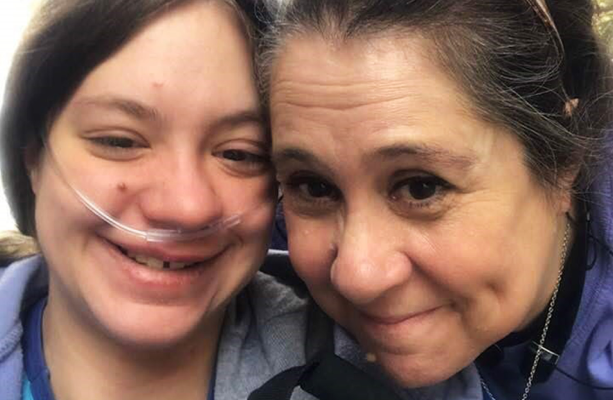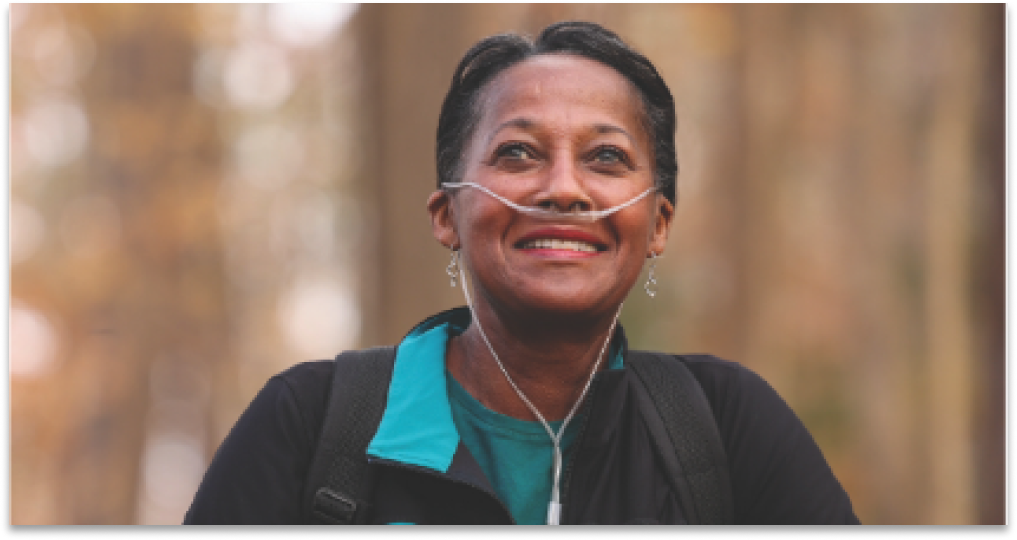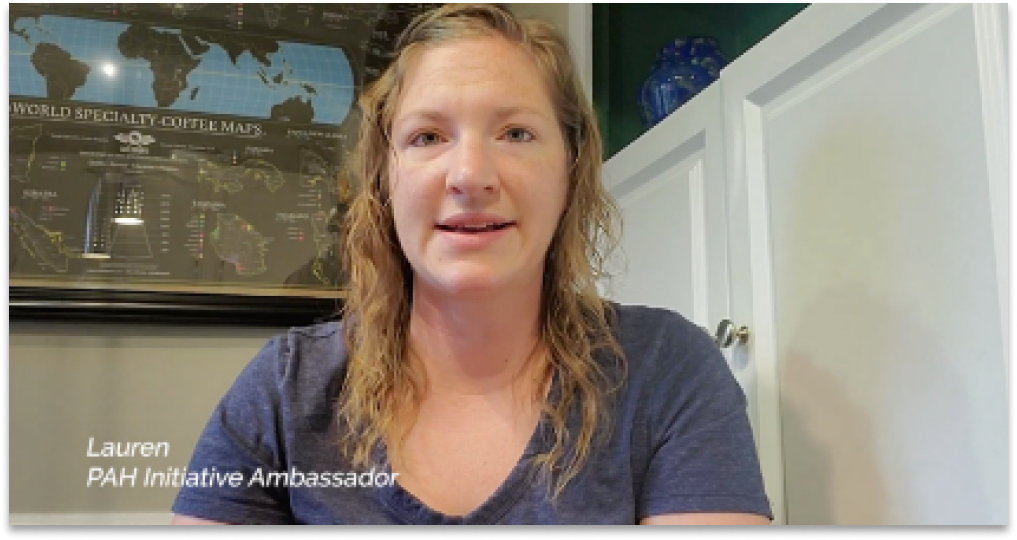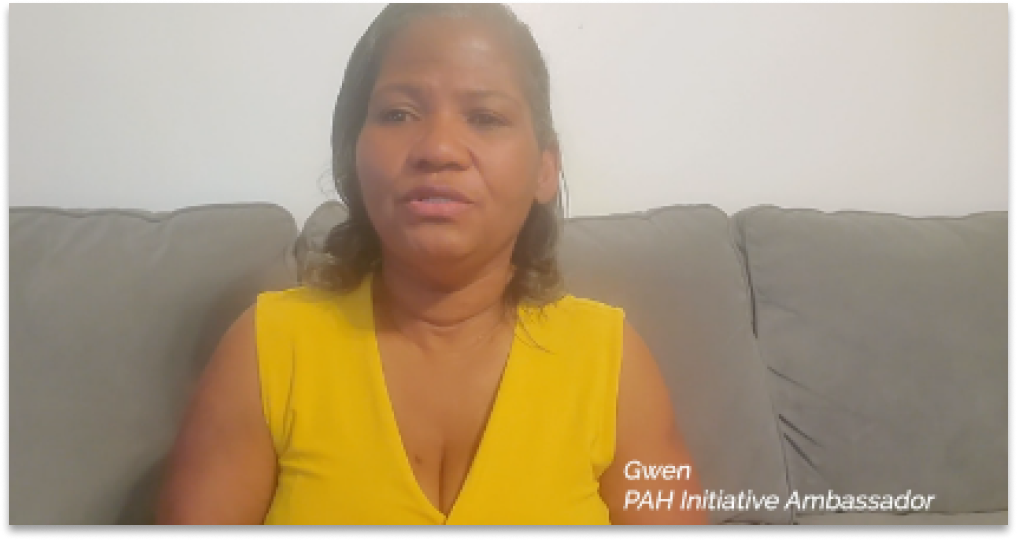
One of the biggest challenges in goal setting can be finding the motivation to keep striving toward goals. For PAH patients, this is the perfect time for caregivers to lend a hand.
Caregivers provide more than physical and emotional support to their loved ones. They can also help them stay motivated in tracking and keeping their personal goals as well as their PAH specialists’ goals.
We asked one of our PAH Initiative Caregiver Ambassadors, Jane, to share how she supports her love done by helping her track her goals.
Jane is a caregiver to her daughter Nicole, who was diagnosed with PAH when she was a teenager. Jane’s caregiver role looks slightly different than it did when Nicole was younger, but she still stays involved in helping her track and meet her goals.
“At Nicole’s request, I still take care of all the administrative aspects of her care, like keeping track of her records, scheduling her doctor’s appointments, and making sure her prescriptions get filled,” Jane said. “I still attend her doctor’s appointments with her. Even though I don’t speak up as much during them now, I still occasionally ask her doctor questions regarding her care and treatment so I can help her keep track of her goals. And I’m happy to help her because she already has enough to get through in the day.”
Being part of Nicole’s treatment plan is a way that Jane is able to help her keep track of her goals. She also recommends organization as an important tool for caregivers to help their patients keep track of their goals and progress.
“I write everything down in a notebook and I keep Nicole’s treatment information in a binder,” Jane said. Another tip Jane offers to caregivers for keeping their patients motivated is consistency.
“We actually got this idea from a nurse when Nicole was newly diagnosed. She suggested that Nicole keep a list of things to keep track of and talk to her doctor about,” Jane said. “Nicole fills this list out every single day, and we look at it together. She keeps track of her vitals or every time she goes for walks. Every morning, I look at what she wrote so I know what her goals are.”
Jane says that keeping a list is a good way to keep track of their goals and compare it to their PAH specialist’s goals.
Caregivers can be the first to notice when something has changed. This could include early signals that things are improving. Sometimes, if patients are falling short of a goal, the caregiver may also have to have a difficult conversation with their loved one. Jane had to have that conversation with her doctor when it came to her doctor’s goals for her.
Nicole’s PH specialist advises her to walk every day, if she is able to, to get her heart rate up. In the summer when the weather is hot, Nicole prefers to walk her treadmill while Jane is in the room with her. When Nicole walks the treadmill, she’s often discouraged by the PAH symptoms she experiences, including chest and arm pain or shortness of breath.
“She gets so frustrated. I have tried to encourage her to focus on one area she can consistently work on and see improvement,” Jane said. “When she walks on the treadmill, the choices are distance, time, and speed. She finally made the choice to focus on time, so most days, she walks 20 minutes so she can improve on that and gradually work her way up. I can encourage her to do a little better, and each month she is walking a little bit longer, even if that is only five minutes more. A little progress is better than none.
Jane encourages other caregivers to have open and honest discussions with their loved ones about tracking their goals. Support from a caregiver is an important part of a patient’s PAH journey and will help them feel motivated and encouraged to achieve their goals.
PAH is a complicated disease that can be difficult to understand. We've broken it down for you with easy-to-understand information, simple graphics, and informative videos from a PAH specialist.
What is PAH?
Learn how Peggy renewed her competitive spirit after her PAH diagnosis and how she won't let an oxygen tank define her.
Competitive Spirit with PAH ⟩
How has knowing their risk status helped Lauren and Karen better understand if their treatment plan is working?
Knowing your PAH Risk Status ⟩
Living with PAH can be a big adjustment and taking care of yourself can make a big difference. But where do you start?
Self-Care and Healthy Living ⟩